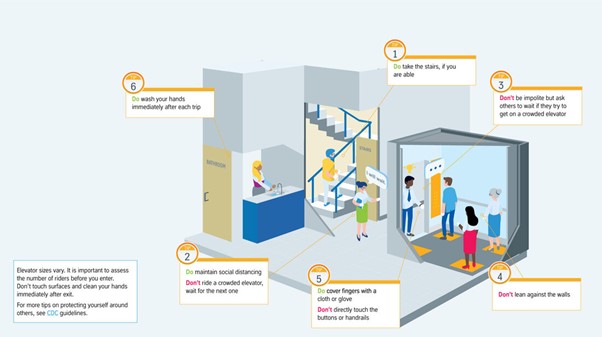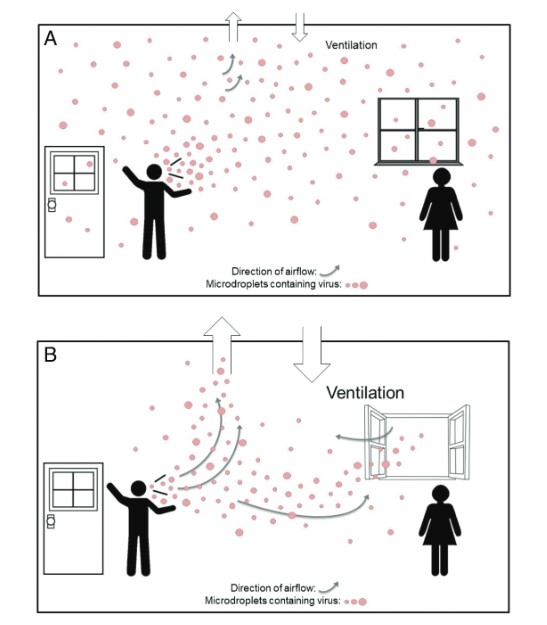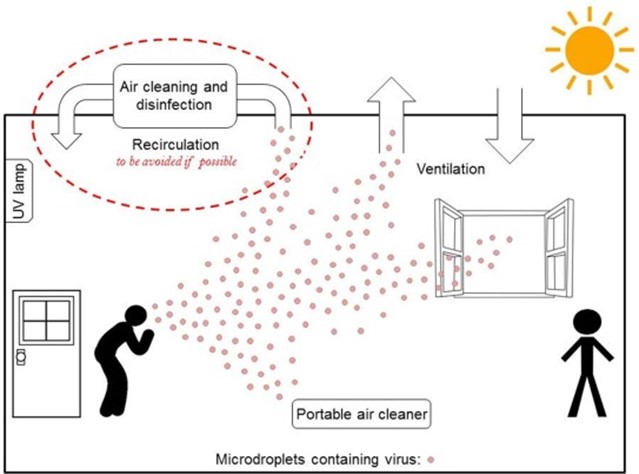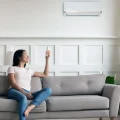Increased Risk from Airborne Transmission of SARS-CoV-2
The COVID-19 pandemic is one of the most significant health and financial crisis that we have faced in modern history. It has triggered extensive research by governments and companies into the transmission and infectivity rates of the virus. Respiratory droplet transmission is now considered one of the most critical mechanisms responsible for the rapid spread and continued circulation of the virus.
An area that is now gaining increasing traction on the spread of the virus is the airborne transmission. There is a misguided perception that COVID-19 only spreads through contact. Even if people wear masks and keep them more than six feet apart, the virus will build up in indoor environments to the point that it poses a danger.
Increased Risk in Indoor Environments
Research conducted in classrooms has shown that in enclosed areas the flow induced by ventilation systems should be expected to influence the risk of airborne virus transmission. And that the indoor transmission of the virus far outstrips that of the outdoor transmission due to longer exposure times and less outflow of the air.
Many businesses, shopping centers, and homes have air-conditioning systems that recirculate the air to improve the cooling system’s performance. As a result, the aerosolized viral particles have no chance of being expelled from the room, resulting in an atmosphere that can become unsafe as soon as a single infectious individual enters.
Poorly ventilated areas, such as elevators, are unsafe because there could be no air exchange for long periods of time, allowing viral particles to accumulate inside the lift, placing anyone who enters at risk of inhaling polluted air. The more the number of people in an enclosed room, the more likely it is that an infectious individual would infect it.
Furthermore, the small space allows viral particles to deposit themselves on all the surfaces. With these surfaces being high-touch points, the risk of transmission increases further.
All the research conducted has shown that, even with social distancing and short visits to crowded locations, the virus can spread as it remains ‘floating’ in the air. Even while using N95 certified masks, there is still a 5% chance that the viral particle is able to pass through the membrane and cause infection. If surgical masks are used, the figures are much more worrying with research showing that some surgical masks allowing for 20.5% penetration at normal breathing rates and up to 84.5% at elevated breathing rates.


How do we reduce incidences of infection in enclosed spaces?
From research conducted there must be ventilation in enclosed spaces as far as possible. Ensuring positive airflow out of a building so that aerosolized particles can flow and leave the area through windows or vents, ensuring a space is pathogen-free.
While masks have their drawbacks, wearing one ensures that the number of aerosolized particles containing virions is kept to a minimum. In this case, even a surgical mask will help reduce the possibility of aerosolization. However, if possible and accessible, (NIOSH)-certified N95 respirators would provide the greatest level of protection against both spreading and contracting COVID-19.
Understandably, many commercial buildings and malls may not have the ability to ventilate indoor air outside due to limitations in building design. In this case, it may be beneficial to employ air scrubbers and HEPA filters to help mitigate the risks in line with the recommendations from the BCA-NEA-MOH guidance notice. However, they will require regular maintenance to ensure efficiency in removing pathogens. Another alternative is to disinfect and apply BR Shield Anti-Microbial Coating to surfaces to inactivate as many virions as possible. The disinfection will ensure that all pathogens in the space are killed, with the anti-microbial coatings helping to ensure a pathogen-free environment over extended periods.





